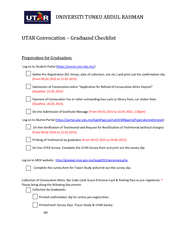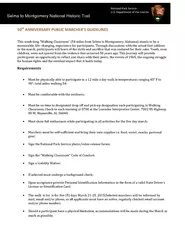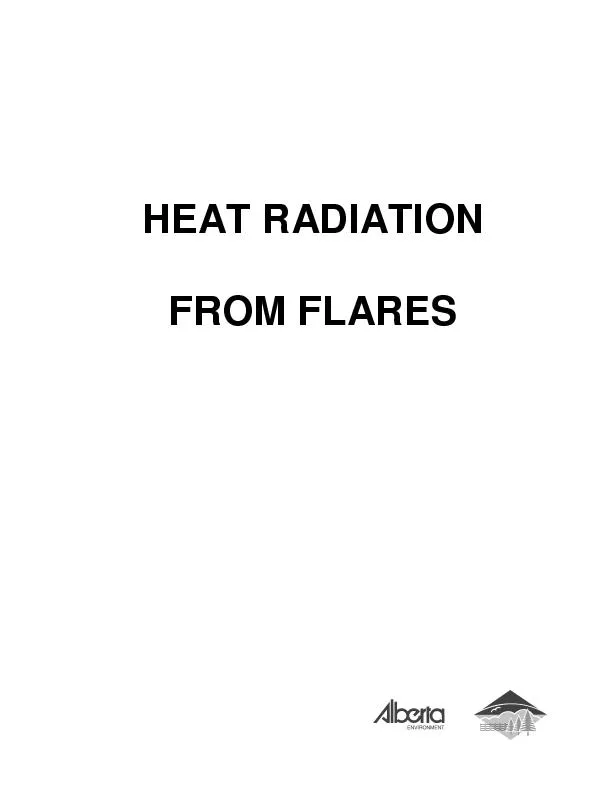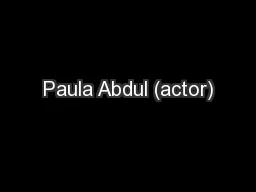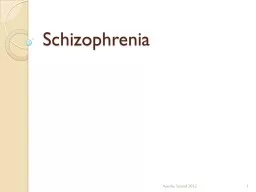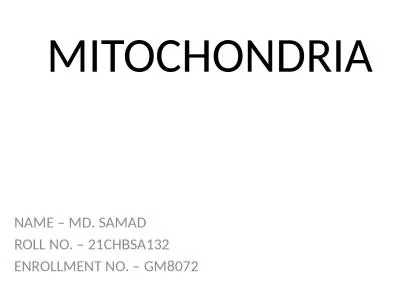PPT-SELMA ABDUL SAMAD
Author : min-jolicoeur | Published Date : 2016-04-28
BCH100502 S1MScBIOCHEMISTRY RAMACHANDRAN PLOT RAMACHANDRAN PLOT INDICATES THE ALLOWED CONFORMATIONS FOR POLYPEPTIDES IT IS NAMED SO AFTER ITS INVENTOR GOPALASAMUDRAM
Presentation Embed Code
Download Presentation
Download Presentation The PPT/PDF document "SELMA ABDUL SAMAD" is the property of its rightful owner. Permission is granted to download and print the materials on this website for personal, non-commercial use only, and to display it on your personal computer provided you do not modify the materials and that you retain all copyright notices contained in the materials. By downloading content from our website, you accept the terms of this agreement.
SELMA ABDUL SAMAD: Transcript
Download Rules Of Document
"SELMA ABDUL SAMAD"The content belongs to its owner. You may download and print it for personal use, without modification, and keep all copyright notices. By downloading, you agree to these terms.
Related Documents


